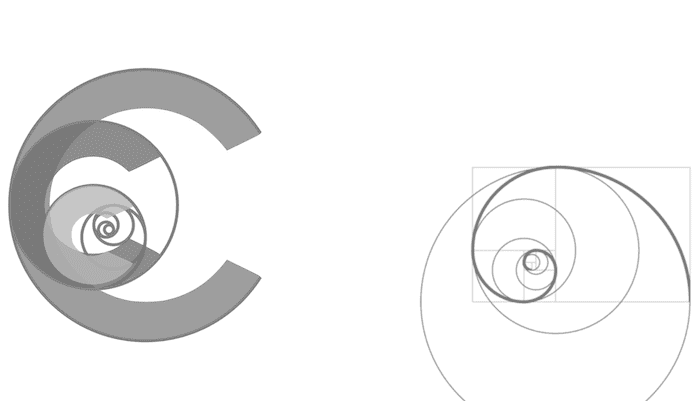Brain Death Hot Case
GENERAL APPROACH
Brain death definition
- Brain death is the irreversible loss of all functions of the brain, including the brainstem
- The three essential findings in brain death are coma (unresponsiveness), absence of brainstem reflexes, and apnoea
Approach
- underlying diagnosis (e.g. SAH, TBI, severe hypoxic brain injury)
- duration of current neurological state
- exclude reversible causes
- perform brain death examination
- neuroimaging
INTRODUCTION
CUBICLE
INFUSIONS
- no sedation
- last dose of NMB?
- nimodipine (likely SAH)
VENTILATOR
- no spontaneous breaths
MONITOR
- raised ICP
- bradycardia and hypertension (Cushing’s response)
- exclude hypothermia
EQUIPMENT
- ICP monitor and duration (calibration drift after 5 days)
- EVD with blood-stained CSF
- cooling blanket or cooling machine (suggests post-cardiac arrest; could also be TBI with ICP management)
- high urine output (DI)
QUESTION SPECIFIC EXAMINATION
- note requirements (4h observation, then independent examination by 2 experienced clinicians)
- check preconditions
- request equipment
- torch
- cotton bud
- tongue depressor
- otoscope
- ice cold water and 20mL syringe
- peripheral nerve stimulator
- Mapleson C ciruit (apnea testing, allow PEEP and observe for respiratory effort) or oxygen catheter
- laryngoscope (test gag with direct vision)
- perform ‘train of four’ at 40 mV (likely will be told result)
- perform GCS
- test pain response
- supra-orbital ridges (CN5), TMJ (CN5), sternal rub (trunk) and a nail bed on each limb
- look for grimace (CN7)
- note that spinal reflexes do not preclude brain death
- test pupil response to light (CN2 and CN3)
- test corneal reflex (CN5 and CN7)
- test vestibulo-ocular reflex: (CN3,6,8): check ear canals, assistant holds eyelids open, 20 mL cold water into each ear canal with towel and kidney dish, observe for 60 seconds (oculo-cephalic reflex not part of Australian brain death testing)
- test gag with laryngoscope and cough with suction catheter (CN9, 10)
- test for spontaneous ventilation — FiO2 1.0 then passive oxygenation with Mapleson C circuit or O2 catheter in ETT with 2L/min; allow CO2 to rise to 60 mmHg with pH <7.3 (or 20 mmHg above baseline if COPD); expect rise of 3 mmHg/min in PCO2 unless high O2 flow
RELEVANT INVESTIGATIONS
- 24 hour urine output (DI)
- UEC, ABG (normal electrolyte and metabolic state?)
- recent CT Head
- other neuro-imaging e.g. 4 vessel cerebral angiogram
Questions
- temperature?
- irreversible cause for coma?
- duration of neurological state?
- last dose of sedation or NMB?
- possibility of toxic cause?
- normal metabolic and endocrine status?
OPENING STATEMENT
- “This person is brain because…” or
- “This person does not meet the preconditions for brain death testing…” or
- ” this person is not brain dead…
DISCUSSION
- DDX of fixed dilated pupils
- requirements for certification of brain death
- diagnosis of brain death in presence of cervical spine or severe facial injuries
- when to order a 4-vessel angiogram and role of radio-isotope imaging
- difference between brain death and similar states (e.g. locked-in syndrome, persistent vegetative state)
- how to discuss organ donation with the family
- management problems of the organ donor prior to donation
References And Links
- CCC — Brain Death
- CCC — Changes in Brain Death Consensus Statement
- CCC — Observations Compatible and Incompatible with Brain Death
- CCC — Coma-like syndromes
- CCC — Management of the organ donation patient

Critical Care
Compendium
Chris is an Intensivist and ECMO specialist at The Alfred ICU, where he is Deputy Director (Education). He is a Clinical Adjunct Associate Professor at Monash University, the Lead for the Clinician Educator Incubator programme, and a CICM First Part Examiner.
He is an internationally recognised Clinician Educator with a passion for helping clinicians learn and for improving the clinical performance of individuals and collectives. He was one of the founders of the FOAM movement (Free Open-Access Medical education) has been recognised for his contributions to education with awards from ANZICS, ANZAHPE, and ACEM.
His one great achievement is being the father of three amazing children.
On Bluesky, he is @precordialthump.bsky.social and on the site that Elon has screwed up, he is @precordialthump.
| INTENSIVE | RAGE | Resuscitology | SMACC
